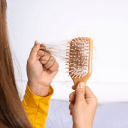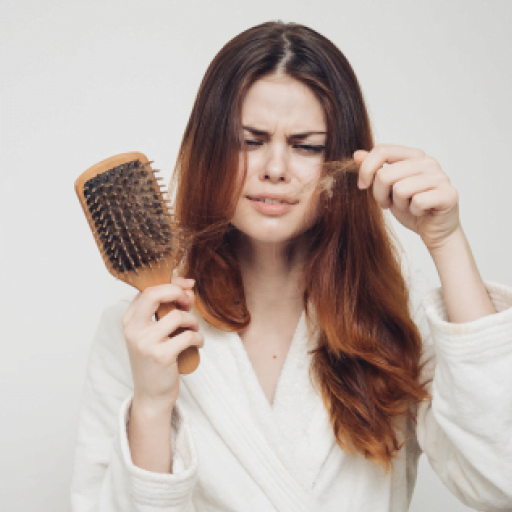Hair Loss in Women
Located in Sarasota and also serving Tampa, Florida, Hair Transplant Center is ready to give you the best service and bring back the confidence in you.
For most women, it is disturbing when they have a thinner hairline or their hair seems to be losing volume. While losing 50-100 hairs each day is normal, more than that can indicate an underlying condition. The reason for thinning hair could be anything from styling your hair to genetics. Of course, it is easier to solve the problem if it is purely cosmetic and not based on any health issues.
A lot of women have hair loss. It can happen to anyone and no one is immune. However, there are ways to stop it from happening and make your hair thicker again. The good news is that there are a few easily diagnosed reasons that your hair might be thinning. But, you need to find a solution for your specific situation.
Let’s take a look at some of the causes of hair loss in women and how to treat it.

